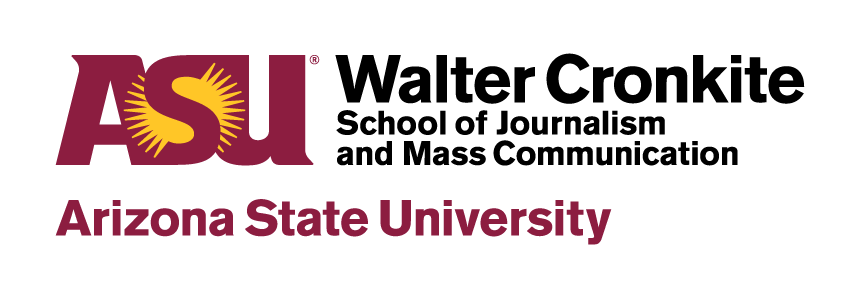I’m hoping that this blog will be used to create a dialogue between journalists who cover disabilities and those who are the subjects of those stories.
I’ll start things off by sharing my own experiences as the subject of several news stories for newspapers and television.
The first time I was introduced to journalism was when I was 7 years old. It was 1986, and The Boston Globe profiled my family when the missing gene which is responsible for my Duchenne Muscular Dystrophy was discovered by a local researcher. I was portrayed as a victim with a grim future, and that depiction changed how I perceived myself.
Reading the article today, I can saythat it’s informative and talks about the challenges my family and I faced, but it painted a bleak picture just through the use of certain words and phrases, such as “diagnosed a victim of,” “darkens their son’s future” and “victim of muscular dystrophy.”
This is in contrast to another article in The Boston Globe in 1998 about my friend and I coming to ASU. Although it was an overcoming adversity story, which is one of the clichés of articles about people disabilities, the language expressed the actual situation and didn’t focus on pity and impending doom.
I think overall news coverage has evolved and so has the portrayal of people with disabilities. The Americans with Disabilities Act of 1990 has contributed to this change. Just the naming of the act has helped change how disabilities are viewed; it’s not about the disabled, but Americans who happen to have disabilities.
Immediately following the publication of the article, the local NBC station, WHDH-TV, wanted to do the same story for the evening news. A few months later, Extra! was interested in doing a similar story, but on a national level. I was surprised, Extra! did a better job by not sensationalizing the story and giving a fair representation of myself.
The biggest difference, I think, was the fact that the field producer was able to spend several days with me and was able to see what my life was really like as a freshman in college. Unfortunately, this luxury of time and resources was not available to the reporter at the local station who put together the story within a few hours to air on the news that night.
Ultimately, what I learned is how important it is to educate reporters and producers so that they aren’t stuck in stereotypes, that they’re able to see not just what people with disabilities can’t do, but what they can do.
Which brings us back to the National Center on Disability & Journalism. I’d love to hear your reaction to this blog, and I’d love to hear your own stories about media coverage of disability – or the lack of it. Hopefully, we’ll learn from each other and open up a dialogue that will help us all become better journalists.
Let’s get started.

